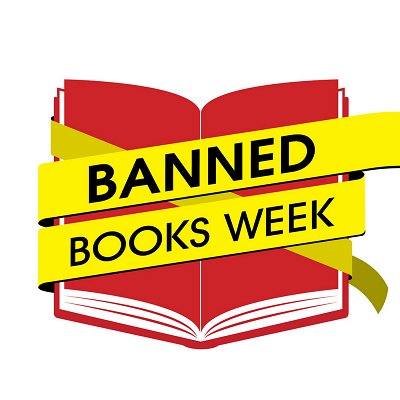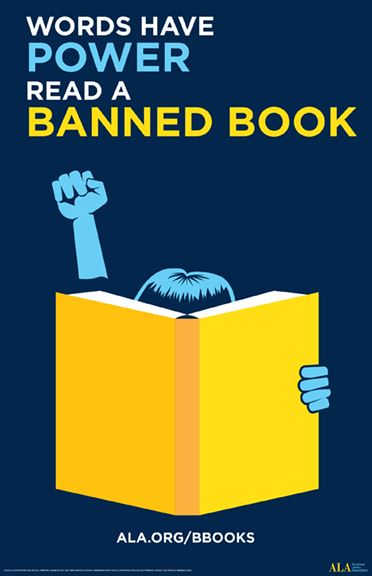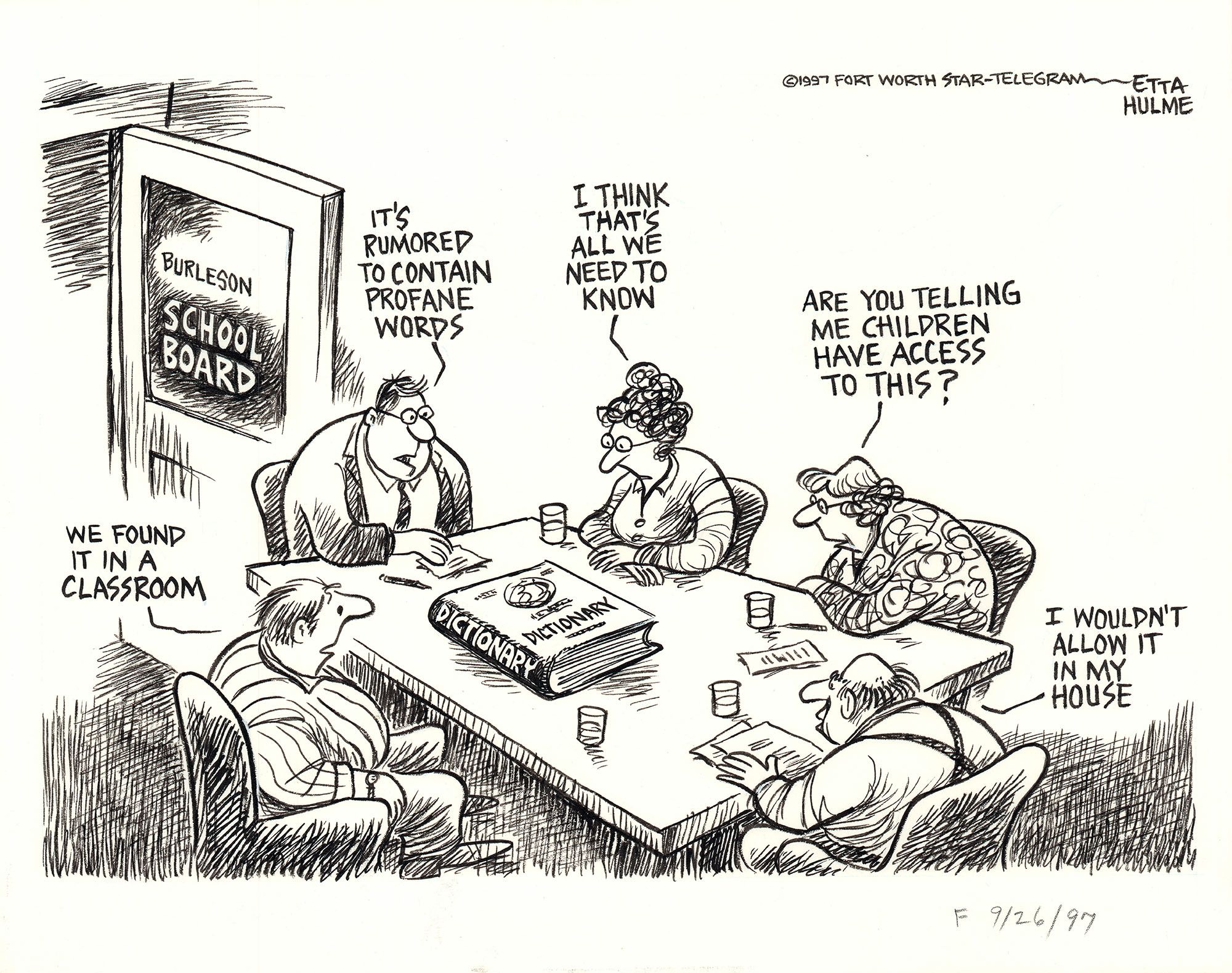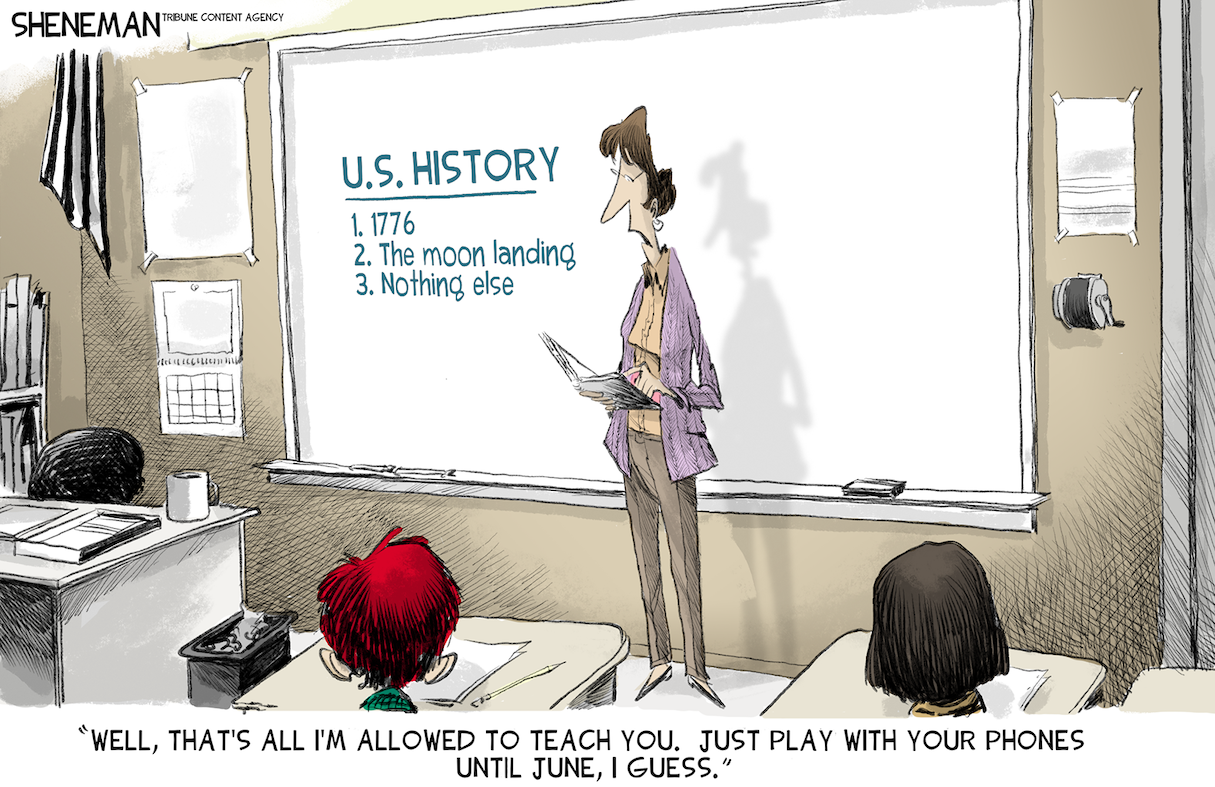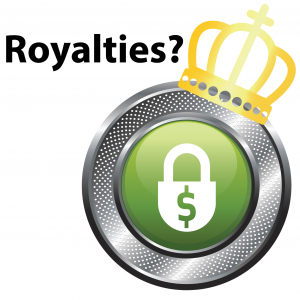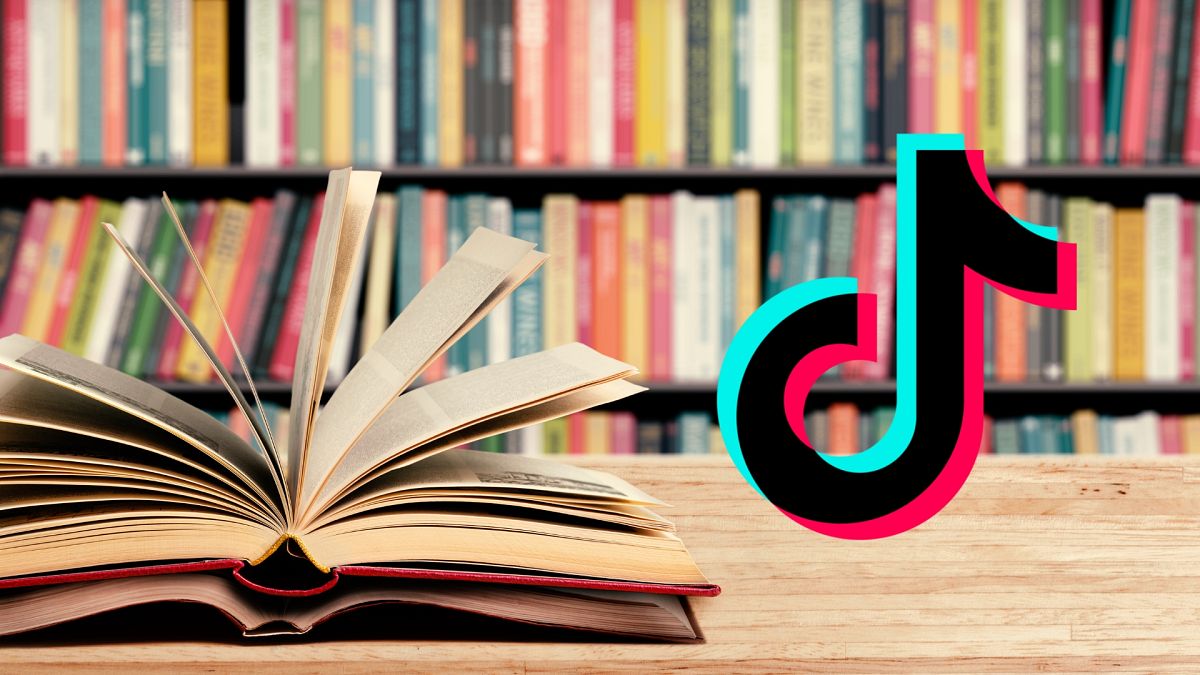
Learn The Advantages and Artistry of Writing Short Stories
10 am-3pm
Saturday, Nov 8 & Sunday, Nov 9
Luke AFB Recreation Area
415 Battalion Rd
Fort Tuthill, Flagstaff
$125 for Weekend Workshop
**Lunch Included**
Deadline to Register 11/5/25
Classes will discuss:
Story Structure–Once a writer understands the structure of a story, it’s easier to write one. We will discuss three common structures: Linear, In Medias Res, and In Finis
Literary Devices–Learn to access hundreds of literary devices including: Metaphor, Simile, and Analogy.
Setting and Scene–Learn to implement a chosen literary device in a scene to improve the impact of your story.
Characterization–Learn about attachable characters and non-attachable characters and the purpose of each. Create a character to integrate into your story.
Point of View– Learn various ways to tell their story: known narrator, unknown narrator, animal, inanimate object, or entirely through dialogue and action.
Dialogue–Practice integrating dialogue into your plot.
Show Don't Tell–Turn boring description into a sensory experience for the reader
Publication–How and where to get noticed.
Requirements: This is a generative workshop so bring supplies to write a new short story with you. Also bring a way to access the internet: phone, tablet, or computer.
Krista Carter has been writing since age 10. She has published non-fiction and fiction and won awards as a playwright. Krista holds a bachelor’s degree in English Literature from Indiana University, a Master’s in Sociology from Central Michigan University, and a Master of Social Work from the University of Michigan. She has taught Creative Writing, Composition, Sociology, and Psychology. Krista writes stories for fun and explores the literary components that make a story a piece of art. She is currently working on a novel and a non-fiction book. She works as a mental health therapist, coach, and editor.








.png%20copy.jpg)

